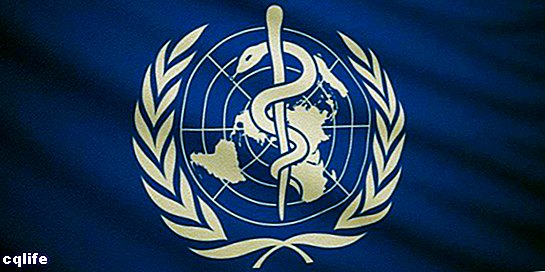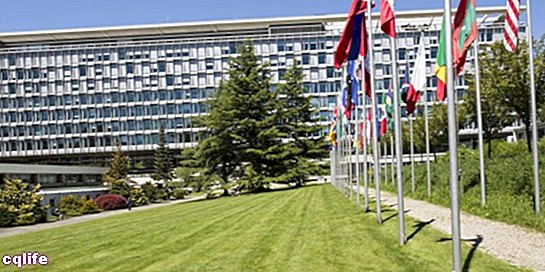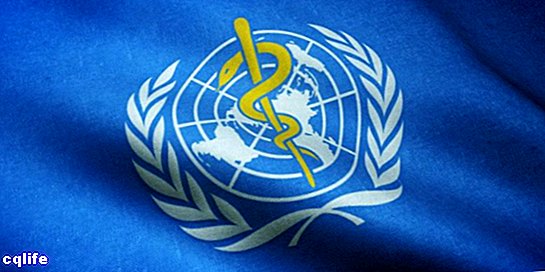We explain what the WHO is and what the history of this body is. In addition, its main objectives and what is PAHO.

What is the WHO?
WHO is the World Health Organization (WHO:World Health Organization), a body attached to the United Nations Organization (UN) specialized in the management of international promotion and prevention policies for the protection of Health in the world.
WHO consists of the participation of 196 Member States, which govern it through the World Health Assembly, each of which has official representatives. This meets annually, usually in May, under the instructions of 34 members and technicians of the sanitary field, who form the Executive Council for 3 years.
In addition, WHO regularly operates through its Secretariat, which has some 5,000 workers of diverse nature and profession, throughout the six regional offices that the organization has: Regional Office for Africa (AFRO), in the Republic of Congo; Regional Office for Europe (EURO), in Copenhagen, Denmark; Regional Office for South Eastern Asia (SEARO), in New Delhi, India; Regional Office for the Eastern Mediterranean (EMPRO), in Cairo, Egypt; Regional Office for the Western Pacific (WPRO), in Manila, Philippines; and the Regional Office for the Americas, in Washington D.C., United States.
WHO is based in Geneva, Switzerland, and in 2009 it was awarded the Prince of Asturias Award for International Cooperation.
WHO history

The first meeting of this body took place in Geneva in 1948, organized by the United Nations Economic Social Committee. However, the global needs for the preservation of the health of the peoples of the world date back to the end of the 19th century, and were especially enhanced after the end of the WWII, when the need to orchestrate the political destiny of the nations to avoid conflicts that would brutally affect the life of millions of people.
One of the first measures of the WHO was the eradication of smallpox, which was achieved in 1979. Such an achievement prompted aggressive campaigns against poliomyelitis, leprosy, cholera, malaria and tuberculosis, with varying margins of success. WHO also leads the global fight against HIV / AIDS, and sponsors medical research on many contagious diseases.
Objectives of the WHO

WHO's activities pursue various objectives framed in the protection of human health and the democratization of access to minimum sanitary conditions, around various lines of action:
- The harmonization of global health activities and the universal codification of diseases and the drugs necessary to combat them, especially those that require government policies to be accessible to the public. population.
- Taking emergency health measures to face epidemic situations, or for the prevention of endemic diseases.
- Eradication of diseases worldwide, through intensive and extensive campaigns of education health, vaccination and treatment.
- Healthcare assistance to developing countries or to the communities facing serious health conditions.
- Evaluate medications and ensure their preparation and proper use, for a correct and fairer distribution of pharmacology.
OPS
PAHO is the Pan American Health Organization, an inter-American body attached to the structure of the Organization of American States (OEA), also affiliated with the WHO since 1949.
Its headquarters are in the District of Columbia, United States, and it intends to ensure the integration of the policies of the different American nations in matters of health and disease prevention.
It is the successor to the International Sanitary Organization (1902-1923) and the Pan American Sanitary Bureau.
